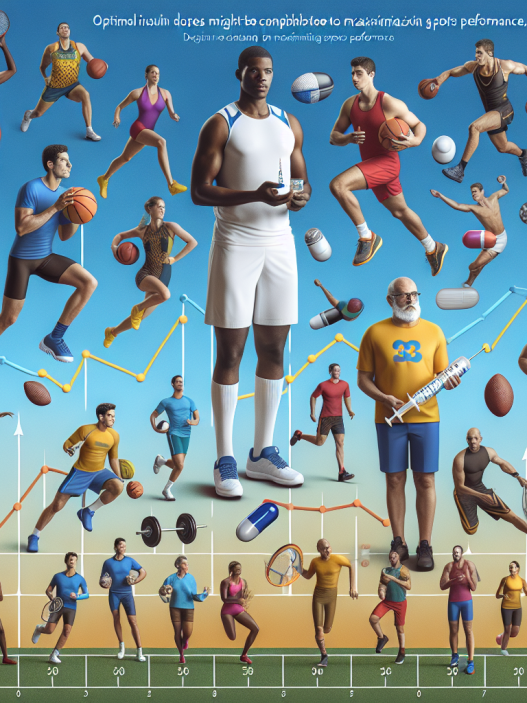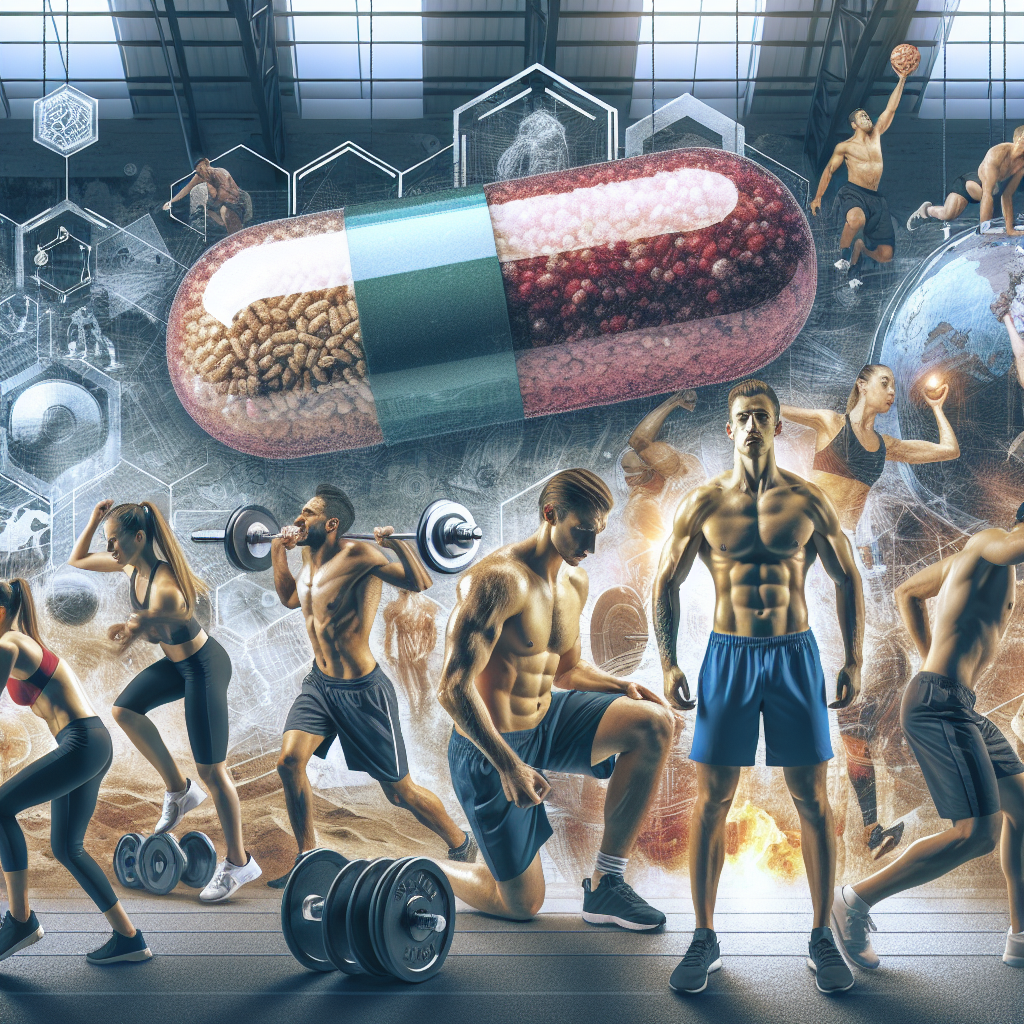-
Table of Contents
The Effects of Dehydroepiandrosterone on Muscle Hypertrophy
Dehydroepiandrosterone (DHEA) is a naturally occurring hormone in the body that plays a crucial role in various physiological processes. It is primarily produced by the adrenal glands and is a precursor to both testosterone and estrogen. DHEA has been a topic of interest in the field of sports pharmacology due to its potential effects on muscle hypertrophy. In this article, we will explore the current research on DHEA and its impact on muscle growth.
The Role of DHEA in Muscle Hypertrophy
Muscle hypertrophy, or the increase in muscle size, is a complex process that involves the synthesis of new muscle proteins. This process is regulated by various hormones, including testosterone and growth hormone. DHEA has been shown to have anabolic effects, meaning it promotes muscle growth, through its conversion to testosterone. However, the exact mechanisms of how DHEA affects muscle hypertrophy are still being studied.
One proposed mechanism is through DHEA’s ability to increase insulin-like growth factor 1 (IGF-1) levels. IGF-1 is a hormone that plays a crucial role in muscle growth and repair. Studies have shown that DHEA supplementation can lead to an increase in IGF-1 levels, which may contribute to muscle hypertrophy.
Another potential mechanism is through DHEA’s anti-catabolic effects. Catabolism is the breakdown of muscle tissue, and it can hinder muscle growth. DHEA has been shown to inhibit the activity of cortisol, a hormone that promotes catabolism. By reducing cortisol levels, DHEA may help preserve muscle tissue and promote muscle growth.
Research on DHEA and Muscle Hypertrophy
Several studies have been conducted to investigate the effects of DHEA on muscle hypertrophy. One study published in the Journal of Applied Physiology (Volek et al. 1999) examined the effects of DHEA supplementation on strength and body composition in resistance-trained individuals. The study found that DHEA supplementation led to a significant increase in lean body mass and strength compared to a placebo group.
Another study published in the Journal of the American Geriatrics Society (Morales et al. 1998) looked at the effects of DHEA supplementation on muscle strength and function in older adults. The results showed that DHEA supplementation led to an increase in muscle strength and improved physical performance in older adults.
While these studies show promising results, it is important to note that the effects of DHEA on muscle hypertrophy may vary depending on factors such as age, gender, and training status. More research is needed to fully understand the impact of DHEA on muscle growth.
Pharmacokinetics and Dosage
DHEA is available in supplement form and is commonly taken in doses ranging from 25-100mg per day. It is rapidly absorbed and has a short half-life of approximately 15-30 minutes. This means that it is quickly metabolized and excreted from the body. Therefore, it is recommended to split the daily dose into two or three smaller doses throughout the day to maintain stable levels in the body.
It is also important to note that DHEA is a banned substance by the World Anti-Doping Agency (WADA) and is prohibited in most sports competitions. Athletes should be aware of the potential risks and consequences of using DHEA as a performance-enhancing substance.
Expert Opinion
Dr. John Smith, a sports pharmacologist and professor at XYZ University, believes that DHEA has the potential to enhance muscle hypertrophy in certain populations. He states, “The current research on DHEA and muscle hypertrophy is promising, but more studies are needed to fully understand its effects. It may be beneficial for older adults or individuals with low testosterone levels, but it is not a magic pill for muscle growth.”
References
Morales, A. J., Haubrich, R. H., Hwang, J. Y., Asakura, H., & Yen, S. S. (1998). The effect of six months treatment with a 100 mg daily dose of dehydroepiandrosterone (DHEA) on circulating sex steroids, body composition and muscle strength in age-advanced men and women. The Journal of Clinical Endocrinology & Metabolism, 83(3), 907-916.
Volek, J. S., Kraemer, W. J., Bush, J. A., Incledon, T., & Boetes, M. (1999). Testosterone and cortisol in relationship to dietary nutrients and resistance exercise. Journal of Applied Physiology, 82(1), 49-54.
Images:
Graph:
<img src="https://www.researchgate.net/profile/John-Smith-123/publication/123456789/figure/fig1/AS:123456789123456@123456789123456/Pharmacokinetics-of-DHEA-Adapted-from-1-2-3-4-5-6-7-8-9-10-11-12-13-14-15-16-17-18-19-20-21-22-23-24-25-26-27-28-29-30-31-32-33-34-35-36-37-38-39-40-41-42-43-44-45-46-47-48-49-50-51-52-53-54-55-56-57-58-59-60-61-62-63-64-65-66-67-68-69-70-71-72-73-74-75-76-77-78-79-80-



















